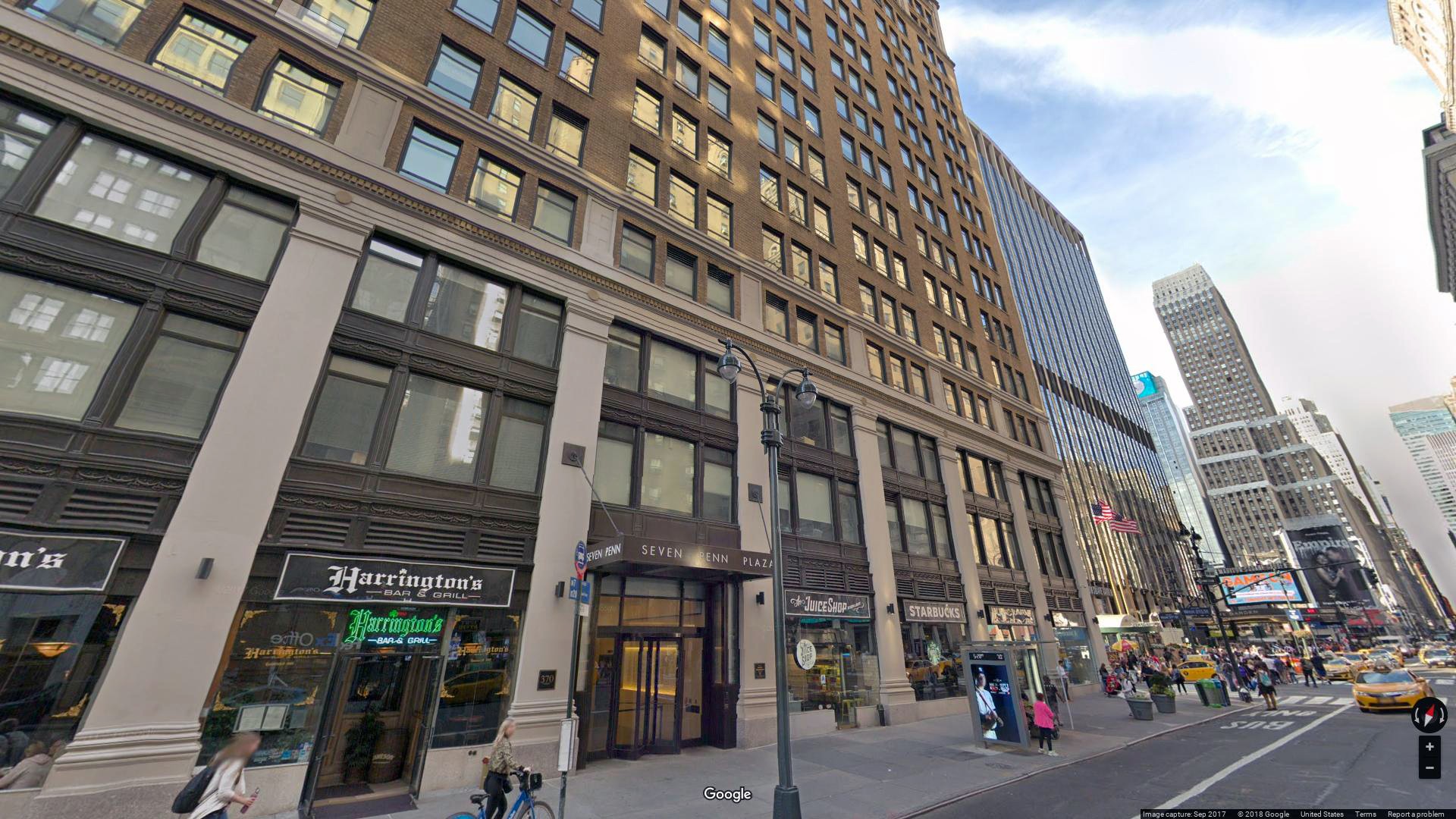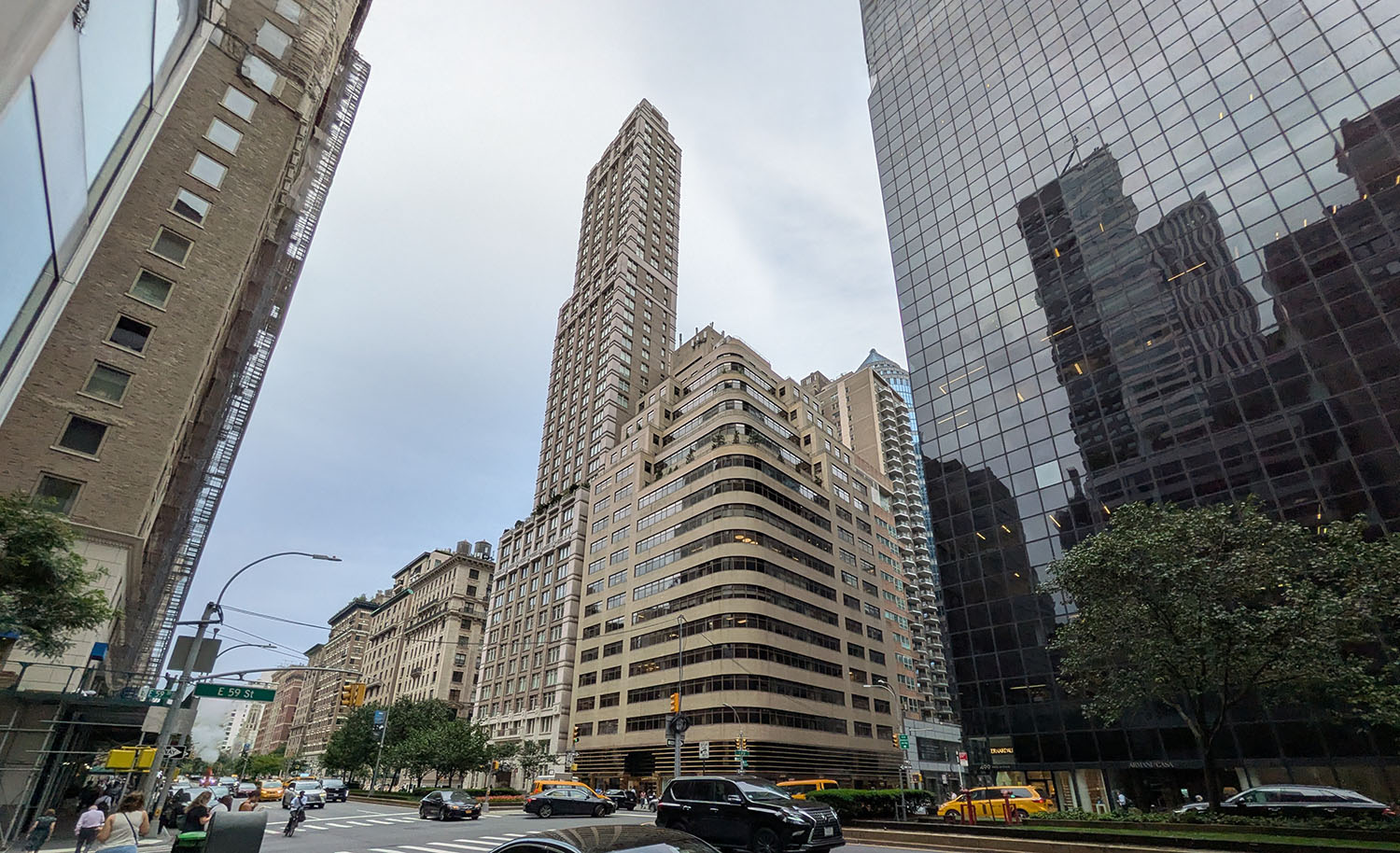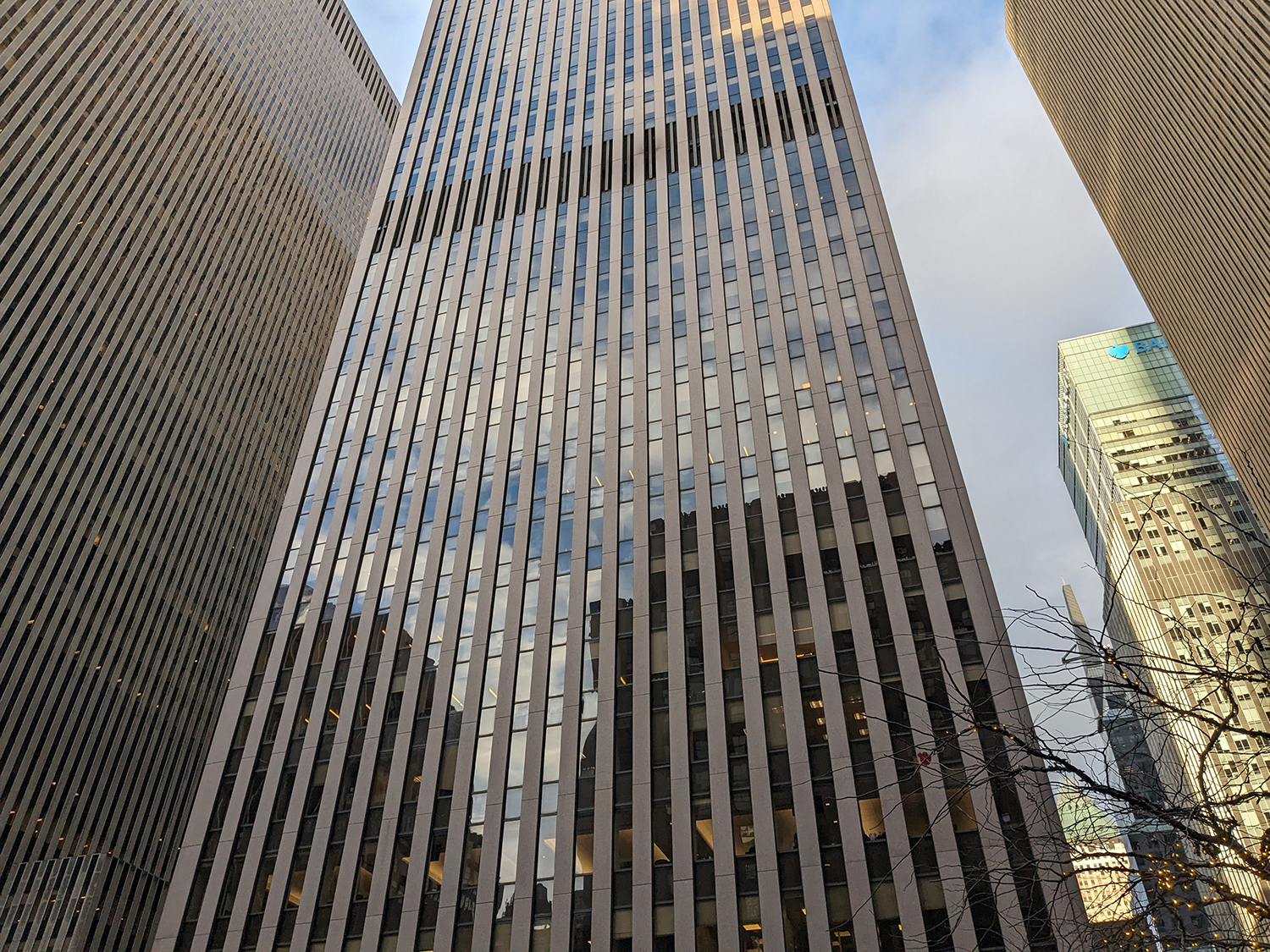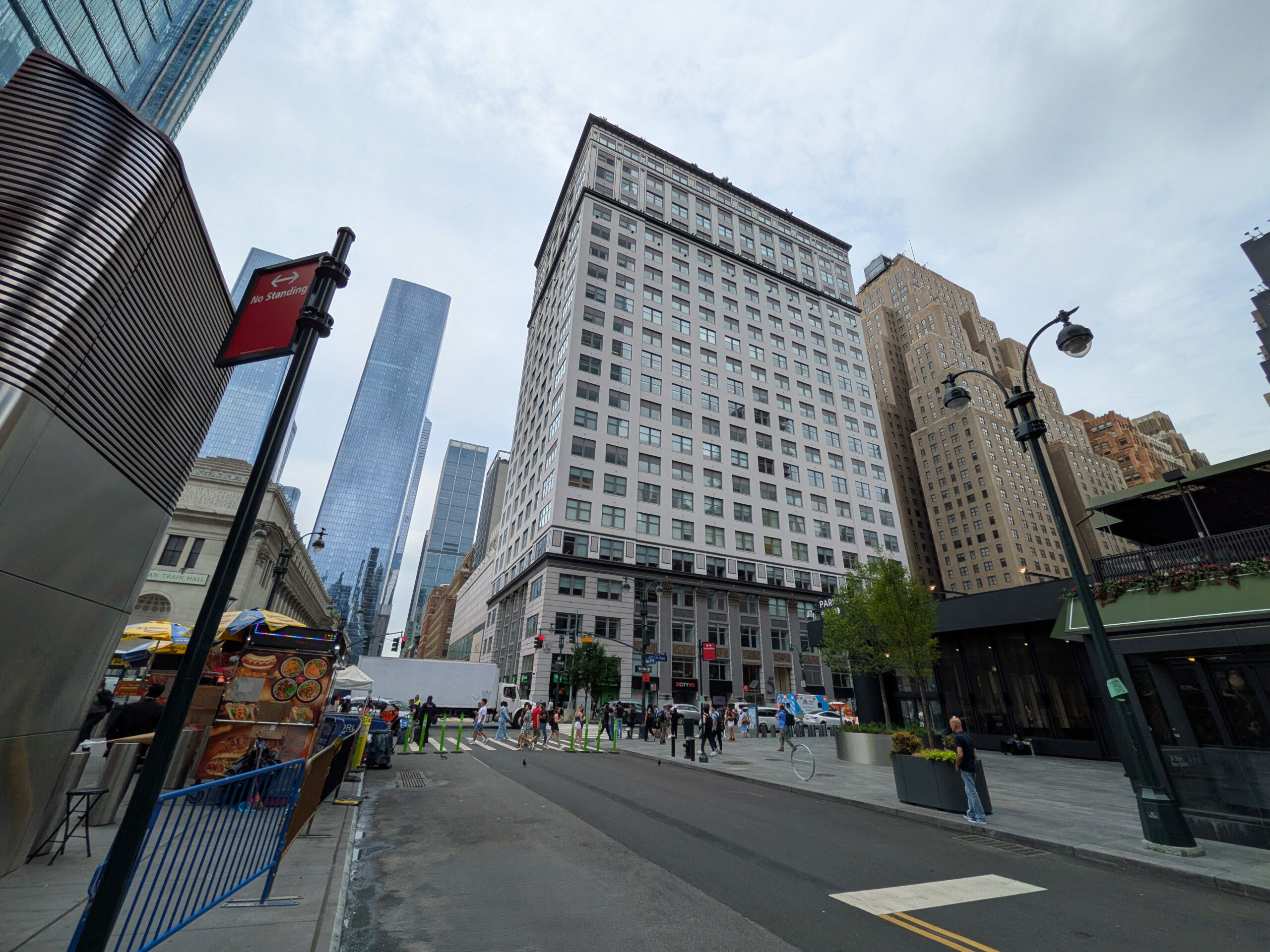A Subordination, Non-Disturbance, and Attornment Agreement (SNDA), often referred to as a “Non-Disturbance” is an agreement provided by the landlord’s lender to the tenant and recognized by the landlord. It states that, in the event a landlord defaults on their payments, and the lender takes ownership of the building; the lender will honor your lease.
Protecting yourself is not as simple as signing a lease. With an SNDA, if the lender forecloses on the building and sells to another landlord, your rights as a tenant, as negotiated in your lease, will still be recognized by the new ownership. However, if the landlord defaults on their payments and the tenant did not sign a SNDA, the lender or new owner has the right to deem their lease null and void.
For example; let’s say you own a company and signed a lease for an entire floor in a 10-story building in downtown Manhattan. After filing for bankruptcy, your landlord defaults on their payments and the lending bank forecloses on the building. After a few months, the lender sells the building to a new landlord who decides to reposition the building as residential apartments. You did not sign a SNDA with the lender. Looks like you are out of luck. It is important to understand your real estate situation and to take measures to protect your company from the potential risks of this situation.
When negotiating a term sheet you should include a request for a non-disturbance clause. Whether the landlord will agree to include a non-disturbance clause in the lease, and what language he uses, depends on the negotiating power of the tenant or its representative. If the landlord agrees to add a non-disturbance clause, but adds the language “landlord shall use best efforts” this does not guarantee you will receive a non-disturbance from the lender. Unfortunately, if the tenant is not occupying a significant portion of the building for a long term, this may be the best they can get.
Typically, the SNDA restricts the obligations previously agreed upon by the landlord and the tenant that the lender is obligated to uphold. Examples include the Security Deposit (tenants should not expect the lender to return this) and landlord’s work (the lender is not obligated to finish construction of the space or the upgrades to building). Also it will state that the lender is not liable for defaults of the landlord. Lastly, any amendments need to be approved by the lender.
While the SNDA is enforceable after it is signed and notarized, a tenant may still apply further protection by having the SNDA recorded by the county recording office. This covers the tenant from a situation where a third party buys the debt on the building from the lender and attempts to declare your lease as null and void.
In conclusion, while most tenants do not take the time to scrutinize the Subordination, Non-Disclosure & Attornment clause, using the help of a real estate consultant and an attorney, you can create the right leverage during the negotiation process to receive a SNDA and protect your business from some potentially adverse scenarios.







